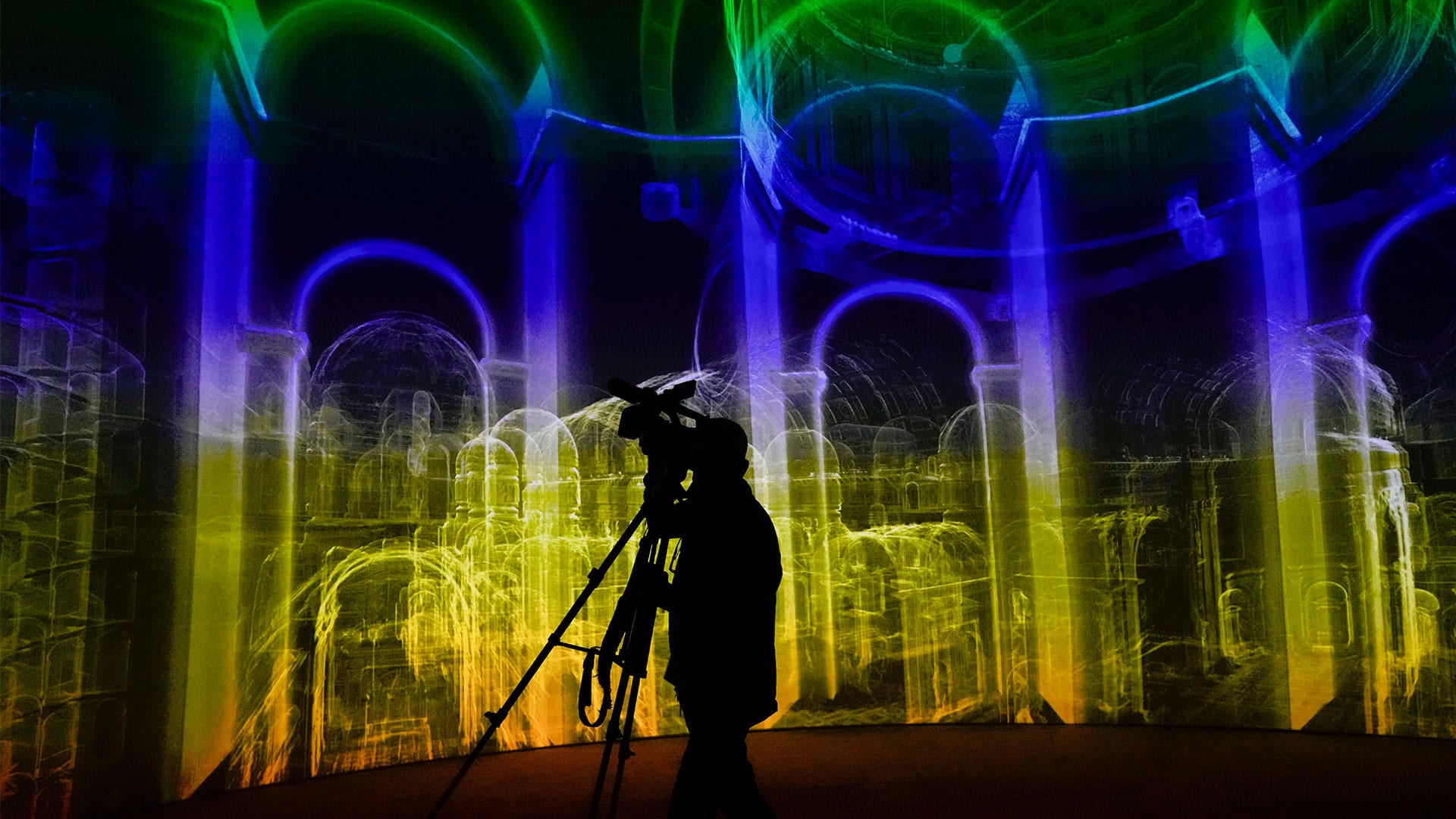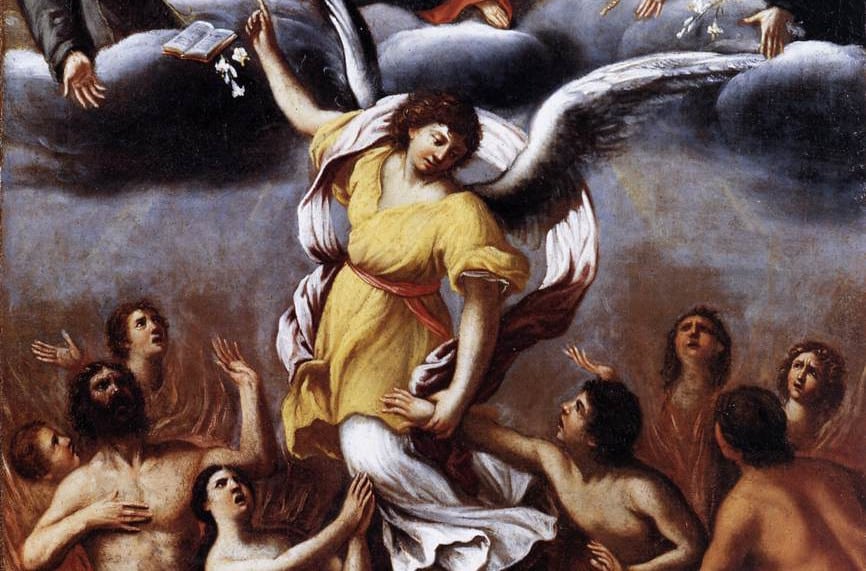
Month: November 2024
-

Video-Vatican & Microsoft create AI-generated St. Peter’s Basilica to allow virtual visits
Read More: Video-Vatican & Microsoft create AI-generated St. Peter’s Basilica to allow virtual visitshttps://youtu.be/375qvk06Zf4 Entitled “St. Peter’s Basilica: AI-Enhanced Experience,” an AI-enabled project was unveiled on Monday in collaboration with Microsoft and Iconem, a heritage digitalization company, as the Church prepares for the Jubilee celebrations in 2025. As speakers at a press conference explained, the digital creation of a replica of St. Peter’s Basilica allows for immersive virtual…
-

St. Thérèse’s prophetic words to St. Faustina in a dream?
Read More: St. Thérèse’s prophetic words to St. Faustina in a dream?St. Faustina had a difficult time when she was a novice, experiencing both interior and exterior forms of suffering. She prayed to a variety of saints for help, but did not receive any consolation. Then she prayed to St. Thérèse of Lisieux and her novena was very successful. The dream St. Faustina was a novice…
-

An Essential Guide to Catholic Meditation
Read More: An Essential Guide to Catholic MeditationWhat Is Meditation and How Does It Benefit Catholics? At its most basic definition, meditation is a method that helps people relax. When you meditate, you intentionally breathe deeper and relax your muscles. Your racing thoughts will calm down, and for a moment, the busyness of life comes to a halt. It’s just you and…
-

PRAYER FOR THE POOR SOULS
Read More: PRAYER FOR THE POOR SOULSBy, St. Alphonsus Marie Liguori O most sweet Jesus, through the bloody sweat which Thou didst suffer in the Garden of Gethsemane, have mercy on these Blessed Souls. Have mercy on them.R. Have mercy on them, O Lord. O most sweet Jesus, through the pains which Thou didst suffer during Thy most cruel scourging, have…
-

Our Lady of Fatima (Song)
Read More: Our Lady of Fatima (Song)She is so beautiful! Thank You for your visit, Mama Mary! https://www.youtube.com/watch?v=OyY-4QeO3qI
Search
Popular Posts
-
🙏 A New Chapter Begins: Supporting Pope Leo XIV with Prayer and Hope | W/ Daniel O’Connor
“Give the new pope a break and support him with your prayers.”–…
-
Possible Candidates for The Next Pope!
Some Candidates for the New Papacy Today we will share with you…
Categories
Archives
Tags
#Miracles (102) 2023 (4) 2024 (4) approved miracles (2) catholic (141) catholic blog (375) catholic meditations (7) catholic miracles (371) catholic motivation (2) catholic news (371) catholic prayers (4) CatholicSeers (359) catholic vlog (375) catholic websites (6) Eucharistic miracle (2) fr jim blount (3) GisellaCardia (11) hamas (3) imitation of christ (2) Israel (4) israel live (5) Israel news (9) jesus (3) jesus christ (4) Latest messages (11) lent 2023 (10) lent 2024 (4) lent homily (2) lent retreat (4) lent retreat 2023 (3) Lourdes (2) messages from god (6) MessagesFromHeaven (364) miracles of catholic church (2) mother and refuge (2) ourlady (325) OurLadyApparitions (22) our lady of lourdes (2) Pope (2) POPE francis (3) pope francis news (2) prayers (3) real miracles (356) sacred heart of jesus (2) The Miracles of Lourdes (2)





